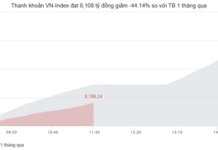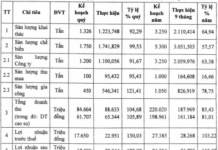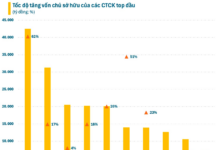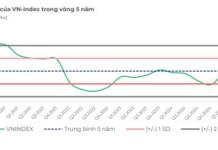Single Residential Construction Projects Face Year-Long Permit Delays
On September 26th, the National Assembly’s Committee on Science, Technology, and Environment hosted a workshop to refine the draft amended Construction Law.
Deputy Chairman of the Committee, Trần Văn Khải, stated that the implementation of the 2014 law has revealed numerous outdated provisions. Notably, administrative procedures in the construction sector remain cumbersome and complex.
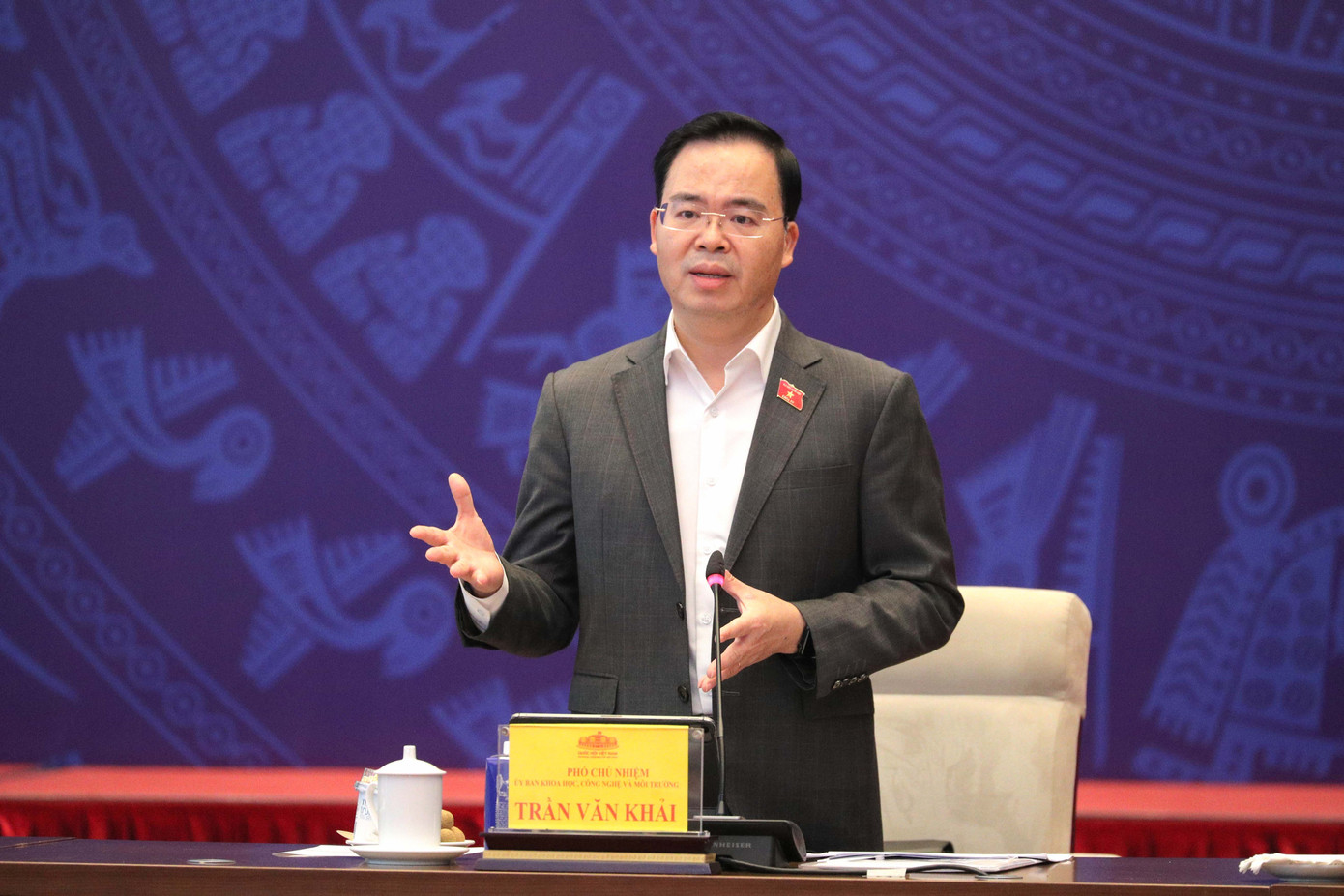
Deputy Chairman Trần Văn Khải of the Committee on Science, Technology, and Environment. Photo by Hồ Long
In practice, many construction investment projects undergo excessive stages and layers of procedures, prolonging timelines and escalating costs. “Businesses report that the most significant challenge today isn’t capital or land, but investment procedures. With funds and land available, projects still stall due to a myriad of permits and approvals,” said Khải.
Khải cited an example of a single residential construction project that took over a year to secure a building permit due to repeated requests for additional documentation across multiple approval agencies. Some real estate projects in Hanoi have even taken years just to complete pre-construction procedures.
“Clearly, overlapping and prolonged procedures waste time and resources, inflate project costs, and reduce investment efficiency,” noted Trần Văn Khải.
Given these practical challenges, amending the Construction Law has become an urgent priority. The goal is not only to address current inefficiencies but also to establish a modern, streamlined, and transparent legal framework that unlocks all resources for development investment.
The draft law introduces provisions to enhance technology application, encouraging the use of Building Information Modeling (BIM), Geographic Information Systems (GIS), and artificial intelligence in managing the national construction activity database. This is a crucial step toward digital transformation in the construction sector, improving transparency and management efficiency.
Expanding Exemptions from Construction Permits
With a focus on innovative legal thinking, Deputy Minister of Construction Bùi Xuân Dũng explained that the revised draft law focuses on framework principles and matters within the National Assembly’s jurisdiction. Consequently, the draft has been restructured into 8 chapters with 97 articles.
This “major reform” centers on four key policy areas, emphasizing management method innovation. It shifts project classification from capital-based to investment type-based (public, PPP, private business) to address current capital identification issues.
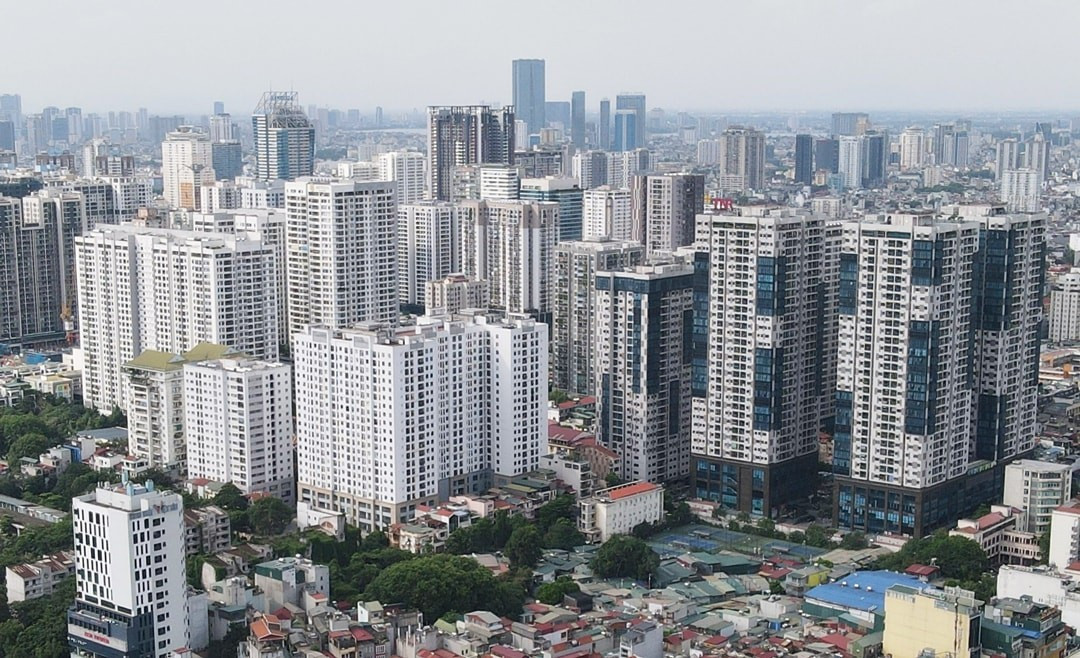
Proposing new policies for the construction sector.
Notably, the draft aims to eliminate or streamline unnecessary procedures. Investors can now choose design options suited to project complexity, avoiding rigid templates and reducing preparation time.
Additionally, project approval processes are modernized: construction authorities focus solely on core requirements, while investors assume responsibility for other aspects. This reduces design approvals from two stages (basic and technical) to a single basic design approval.
The draft also expands construction permit exemptions: projects with approved feasibility studies no longer require building permits. Small projects and single residential units in areas without detailed planning must still apply, but through a simplified online one-stop process.
Workshop participants strongly supported the draft’s goal of simplifying and reducing procedures. Many emphasized the need for more radical reforms to current barriers like building permits, project approvals, and inspections.
Some proposed a “one-stop, one-file” model for approvals and permits to prevent inter-agency delays.
Streamlining Construction Permits: The ‘One-Stop, One-Lock’ Approach to Approval and Licensing
Revolutionizing the construction permit process, Deputy Director of Hanoi’s Department of Construction, Luyen Van Phuong, has proposed a transformative reform in the revised Construction Law draft. His advocacy for a streamlined “one-stop, one-lock” mechanism aims to simultaneously evaluate and significantly reduce processing times, garnering widespread attention as a pivotal step toward administrative efficiency.
5 Common Pitfalls to Avoid When Building Your First Home
“For first-time homeowners, the excitement of building their dream home can often lead to costly mistakes. It is easy to get carried away and make fundamental errors that can impact the overall quality and budget of the construction project. These mistakes can be avoided with careful planning and a keen eye for detail.”





